How to Prevent and Control Insect Outbreaks
- September 19, 2024
- 0 comment
Insect outbreaks are natural phenomena that can significantly affect forest health. Insects play a crucial ecological role by decomposing dead wood, recycling nutrients, and providing food for other species. However, when their populations grow uncontrollably, they can cause widespread damage, threatening forest ecosystems.
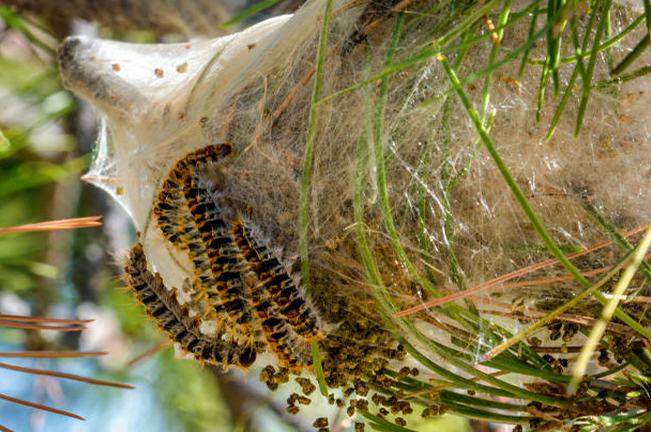
Insect infestations impact forest productivity, leading to the loss of valuable timber and forest resources. Biodiversity suffers as weakened trees become more vulnerable to disease and competition, altering species composition. Ecosystem services, such as carbon sequestration and water filtration, may decline as well. Prevention and control of these outbreaks are therefore essential for maintaining forest health and ensuring the sustainability of forest management practices.
Table of Content
- Common Causes of Insect Outbreaks
- Identifying Early Signs of Insect Infestations
- Prevention Strategies for Insect Outbreaks
- Control Measures During an Insect Outbreak
- Long-Term Solutions for Resilient Forests
- The Role of Policy and Regulation in Insect Outbreak Management
- FAQs
Common Causes of Insect Outbreaks
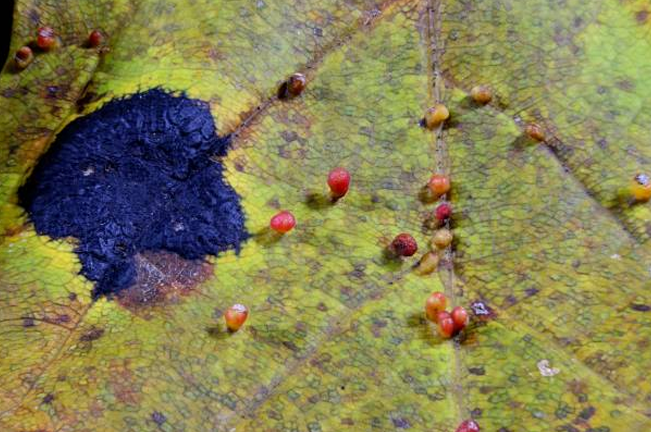
Several factors contribute to insect outbreaks. Climatic changes, such as rising temperatures and droughts, can create favorable conditions for insect populations to thrive. Warmer weather allows certain insects, like bark beetles, to reproduce more quickly, leading to rapid infestations.
Forest density and tree species also play a role in outbreaks. Monocultures, or forests dominated by a single tree species, are more vulnerable to insect attacks. Dense forests, where airflow is limited, can stress trees, making them more susceptible to insect infestations.
Human activities, including logging and land-use changes, disturb the natural balance of forests. Fragmentation of habitats or improper forest management can weaken trees, allowing insects to establish themselves more easily. Stressed or weakened trees—often due to environmental or man-made pressures—provide an ideal breeding ground for insects to proliferate.
Identifying Early Signs of Insect Infestations

Early detection is critical to preventing widespread damage. There are several key indicators of insect infestations, such as defoliation, discoloration of foliage, or the presence of sawdust-like frass on the ground. Certain insects bore into trees, leaving visible holes or patches of dead bark.
Monitoring tools and techniques, such as aerial surveys and ground-based assessments, are essential for early detection. Regular forest health assessments help forest managers spot potential outbreaks before they become widespread. Forest pests like bark beetles, gypsy moths, and emerald ash borers are among the most common threats to forests globally, each requiring a unique approach for monitoring and control.
Prevention Strategies for Insect Outbreaks
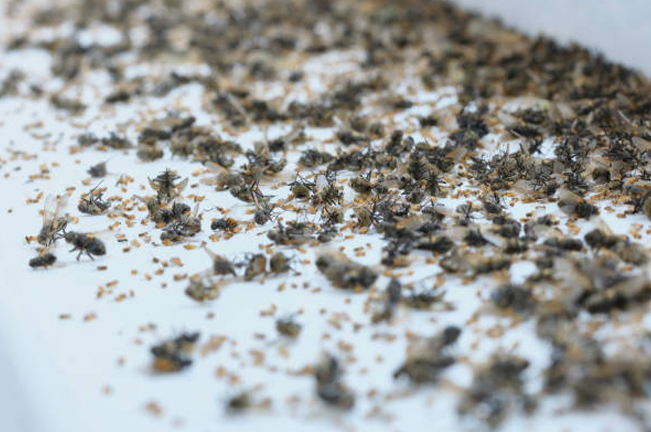
Forest Management Practices
One of the most effective ways to prevent insect outbreaks is through proactive forest management. Thinning dense forests improves airflow and reduces moisture buildup, making conditions less favorable for insects. Maintaining species diversity across forests is another vital practice, as it limits the ability of insect populations to rapidly spread through a single species.
Ensuring that trees receive proper soil and water management enhances their natural resilience, making them less vulnerable to attacks. Healthy trees are better equipped to defend against insect infestations, naturally producing defensive chemicals like resin to repel invaders.
Biological Control
Introducing natural predators or parasites is another method of controlling insect populations. Birds, spiders, and other insects can be encouraged to inhabit forests, helping to keep pest populations in check. Additionally, beneficial fungi and bacteria can be used to target specific insect species.
Silvicultural Techniques
Infected or weakened trees should be removed promptly to prevent infestations from spreading to healthy trees. Planting tree species that are naturally resistant to pests can also reduce the likelihood of outbreaks, and proper reforestation methods should be applied to maintain forest health.
Public Awareness and Education
Engaging local communities in forest maintenance and early detection is crucial. Forest managers can promote responsible land use practices and logging techniques that minimize the chances of insect outbreaks. Public awareness campaigns can educate people on the importance of maintaining forest health to prevent widespread insect infestations.
Control Measures During an Insect Outbreak
Chemical Controls
During severe outbreaks, the use of insecticides and pesticides may be necessary. However, chemical applications must be done responsibly to minimize environmental impact. Guidelines for safe pesticide use, including proper application methods and timing, ensure that control measures do not harm non-target species or disrupt the ecosystem.
Biological Controls
Releasing insect pathogens, such as viruses or bacteria that specifically target pest species, is an effective method of biological control. Nematodes and other beneficial organisms can also be used to combat infestations. Successful projects have shown that biological control can manage pest populations with minimal environmental disruption.
Mechanical Controls
Infected trees or branches may need to be physically removed to halt the spread of pests. Installing pheromone traps can disrupt the breeding cycles of certain insect species, helping to reduce populations during an outbreak.
Integrated Pest Management (IPM)
IPM combines biological, chemical, and mechanical control methods to develop a balanced and effective response to insect outbreaks. This holistic approach minimizes long-term damage to forests and helps preserve biodiversity by using multiple strategies in harmony.
Long-Term Solutions for Resilient Forests
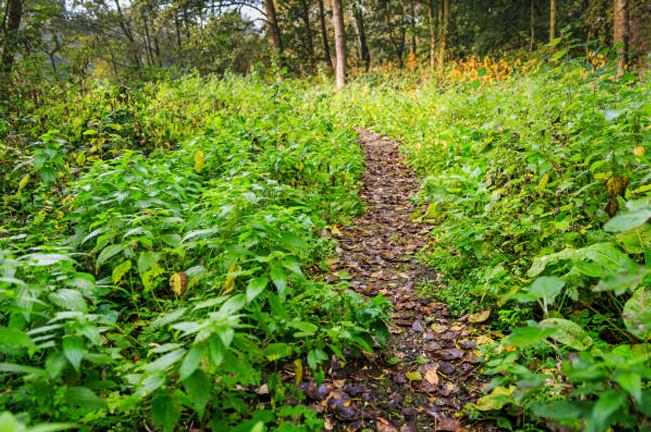
Genetic Improvement and Tree Breeding
Developing insect-resistant tree species through genetic selection is a promising long-term strategy. Breeding programs aimed at enhancing forest resilience can help forest managers cultivate trees that are less vulnerable to insect attacks.
Sustainable Forestry Practices
Adaptive management strategies that consider changing environmental conditions, such as climate change, are crucial for preventing future insect outbreaks. Regularly adjusting management practices to fit current conditions helps reduce the risk of outbreaks.
Reforestation and Restoration Efforts
After severe insect outbreaks, reforestation and ecosystem restoration efforts are necessary to rebuild damaged areas. Targeted planting and habitat improvement efforts can restore biodiversity and strengthen forest resilience.
The Role of Policy and Regulation in Insect Outbreak Management
Government regulations play a crucial role in pest control within forestry. Many countries have established guidelines to manage insect outbreaks, ensuring that control measures do not harm the environment. International cooperation is also essential for managing cross-border outbreaks, particularly as invasive species continue to spread.
Non-governmental organizations (NGOs) often support forest pest management efforts through research, funding, and education. Policy-driven funding for forest health monitoring and pest control programs ensures that forest managers have the resources needed to address outbreaks effectively.
Frequently Asked Questions (FAQs)
- What is an insect outbreak in forests?
An insect outbreak occurs when populations of forest-damaging insects grow to high levels, causing widespread damage to trees and forest ecosystems. - What are the most common forest insects that cause outbreaks?
Common forest pests include bark beetles, gypsy moths, spruce budworms, and emerald ash borers. - What are the signs of an insect outbreak in a forest?
Visible signs include defoliation, discolored or dying trees, holes in bark, sawdust-like frass at the base of trees, and excessive insect presence. - How do insect outbreaks affect forest ecosystems?
Insect outbreaks can lead to tree mortality, reduce forest biodiversity, alter habitat structures, and increase the risk of wildfires due to dead and dry trees. - What factors contribute to insect outbreaks?
Outbreaks are influenced by factors such as climate change (warmer temperatures), drought, overpopulation of certain tree species, and weakened trees due to disease or environmental stress. - How can insect outbreaks be prevented?
Prevention strategies include monitoring tree health, maintaining biodiversity, thinning forests to reduce density, and removing dead or weakened trees. - What are biological control methods for insect outbreaks?
Biological controls involve using natural predators, parasites, or pathogens to reduce insect populations. Examples include introducing parasitic wasps or fungal pathogens that target the insect pests. - Can climate change influence insect outbreaks?
Yes, climate change can accelerate insect reproduction cycles, expand their range, and increase the severity of outbreaks by weakening trees and creating favorable conditions for insect survival. - What role do insecticides play in controlling insect outbreaks?
Insecticides can be used to reduce pest populations, though they must be applied carefully to avoid harming non-target species and the environment. They are often used as a last resort. - How do pheromone traps help in controlling insect outbreaks?
Pheromone traps use synthetic insect scents to lure pests into traps, helping forest managers monitor insect populations and reduce their numbers in localized areas. - What is integrated pest management (IPM), and how is it used in forests?
IPM is a holistic approach combining biological, mechanical, chemical, and cultural techniques to manage insect populations with minimal environmental impact. - How can thinning forests reduce the risk of insect outbreaks?
Thinning reduces tree density, decreasing competition for resources and making trees healthier and more resistant to insect attacks. It also reduces the availability of habitat for pests. - What are the economic impacts of insect outbreaks on forestry?
Insect outbreaks can lead to significant economic losses by reducing timber quality, increasing the cost of forest management, and impacting industries that rely on forest products. - Are there natural ways to prevent insect outbreaks?
Natural prevention includes maintaining forest diversity, promoting tree species that are resistant to pests, and fostering healthy predator populations that control insect pests. - What is the role of forest monitoring in managing insect outbreaks?
Regular forest monitoring allows early detection of insect infestations, enabling quick intervention and reducing the likelihood of a full-scale outbreak. - How can forest managers respond to a sudden insect outbreak?
Immediate response strategies include targeted insecticide applications, mechanical removal of infested trees, and biological controls like releasing predator species. - What are some examples of invasive insect species in forests?
Examples include the Asian longhorned beetle, emerald ash borer, and hemlock woolly adelgid, which have caused significant damage to North American forests. - How can prescribed burns help prevent insect outbreaks?
Prescribed burns reduce the buildup of organic material that pests may use for shelter or food and can help control pest populations in certain ecosystems. - What should landowners do if they suspect an insect outbreak on their property?
Landowners should contact a local forestry or pest control expert for assessment and discuss appropriate control measures to prevent the spread of the infestation. - Can insect outbreaks be beneficial in any way?
In some cases, insect outbreaks can be part of natural forest cycles, promoting regeneration by creating gaps for new tree growth. However, widespread or frequent outbreaks often cause more harm than benefit.

Gilbert Griffin
Forestry AuthorGilbert Griffin is a forest management expert specializing in sustainable practices, forest health, conservation, and land management. With extensive knowledge in pest control, disease management, and habitat restoration, Gilbert develops strategies to preserve forest ecosystems and biodiversity. Passionate about the natural world, Gilbert adapts to changes in forest management and stays updated through continuous learning. Gilbert also provides seasonal advice to optimize forest care throughout the year.


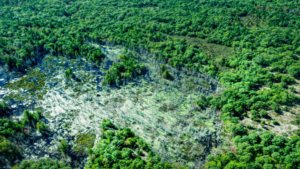


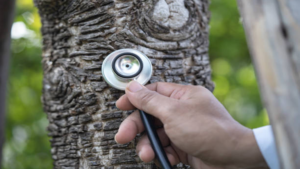

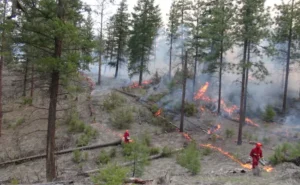
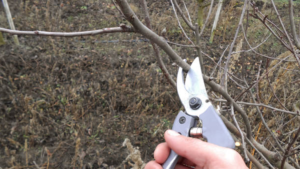
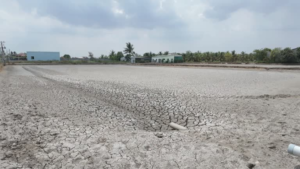

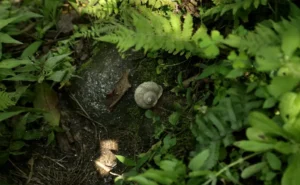
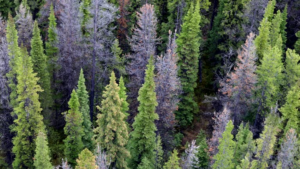
Leave your comment